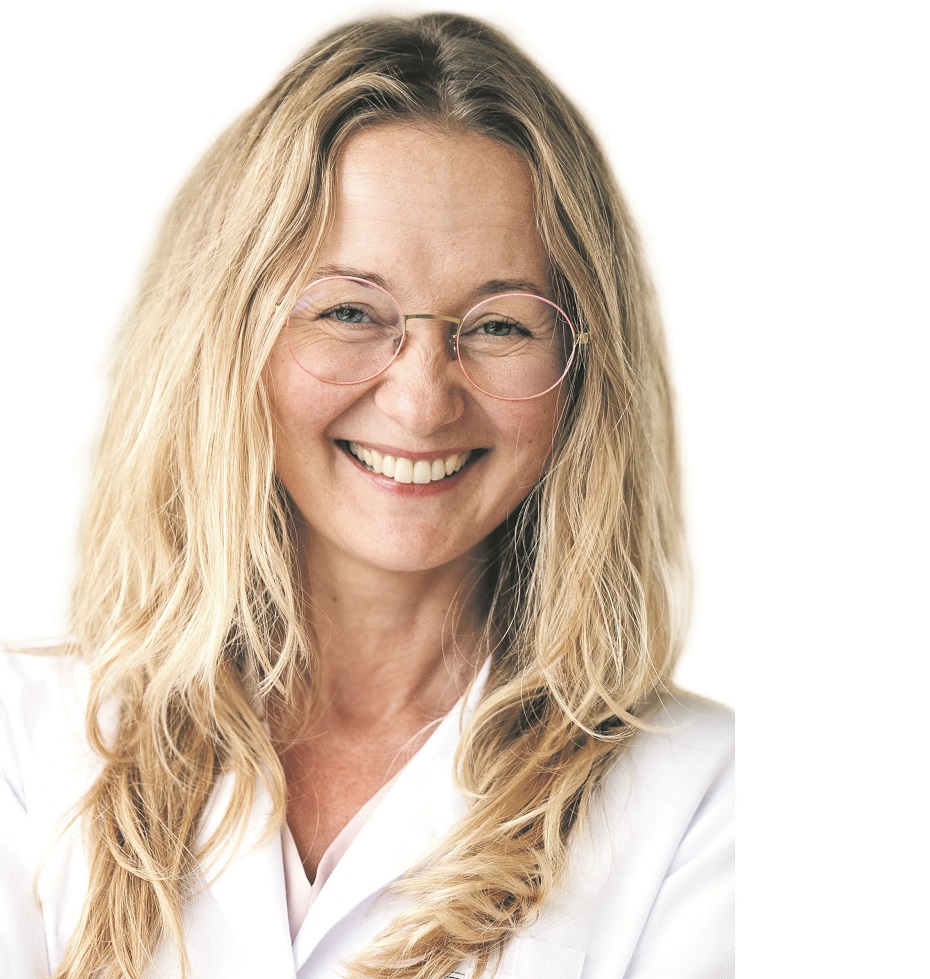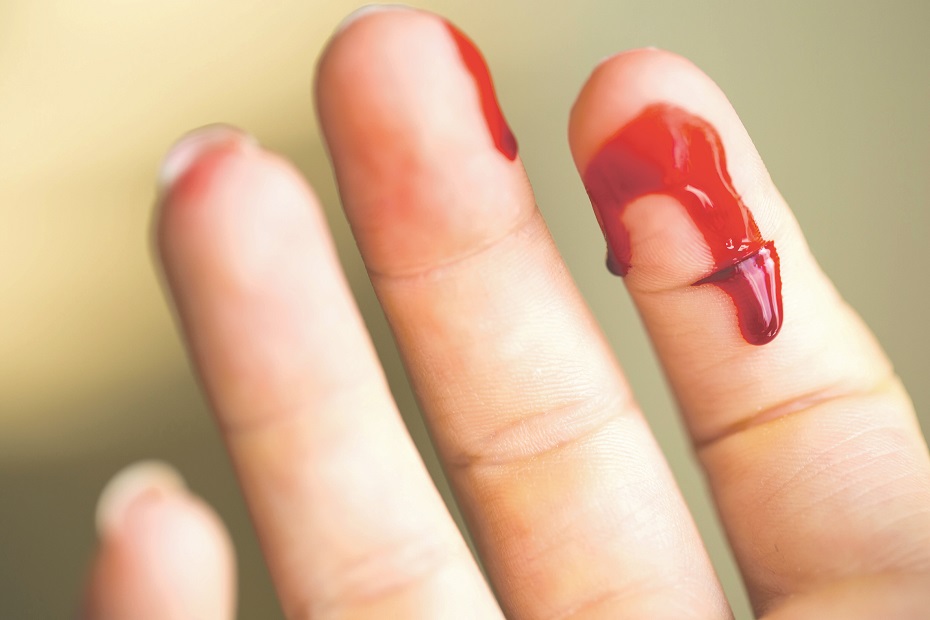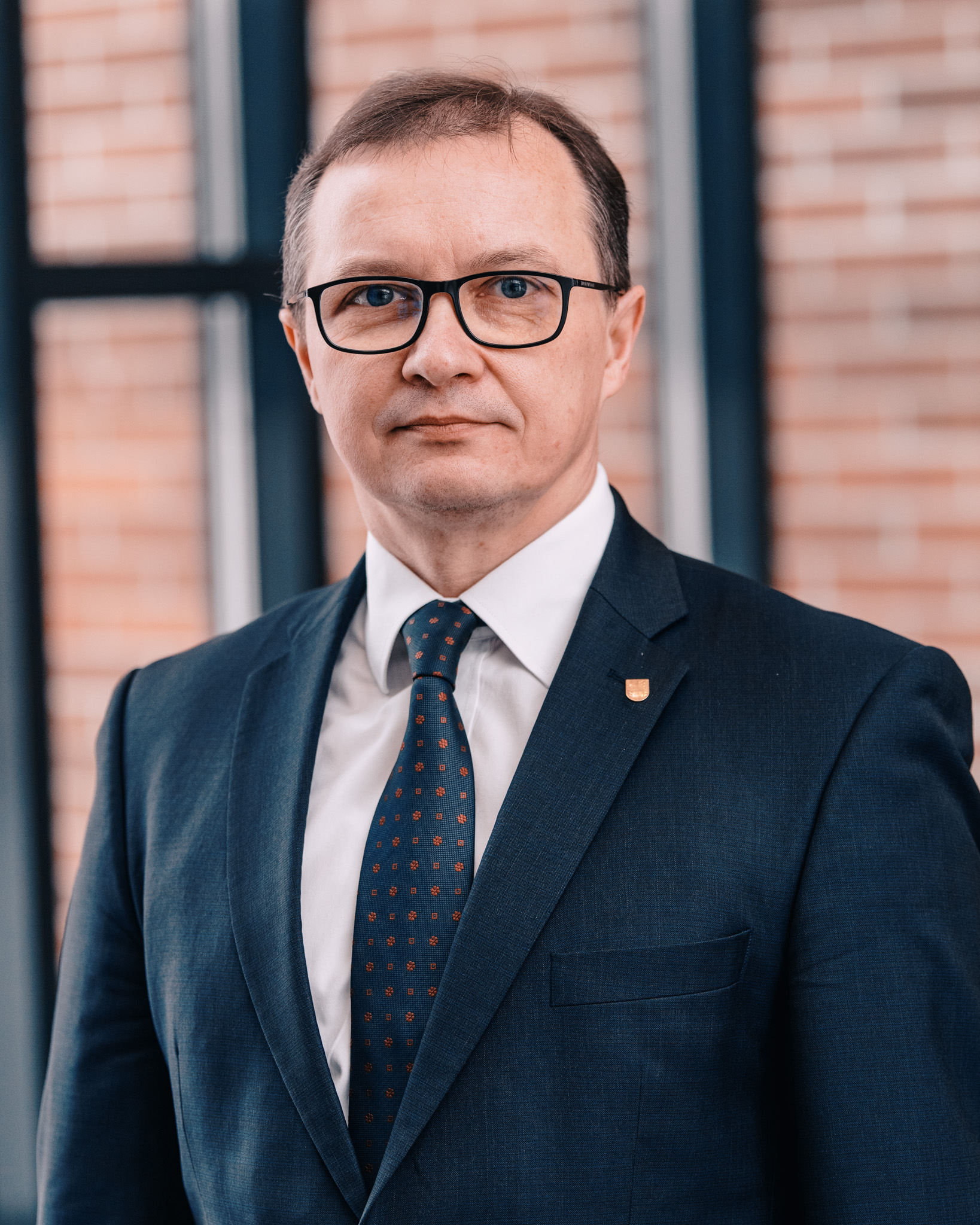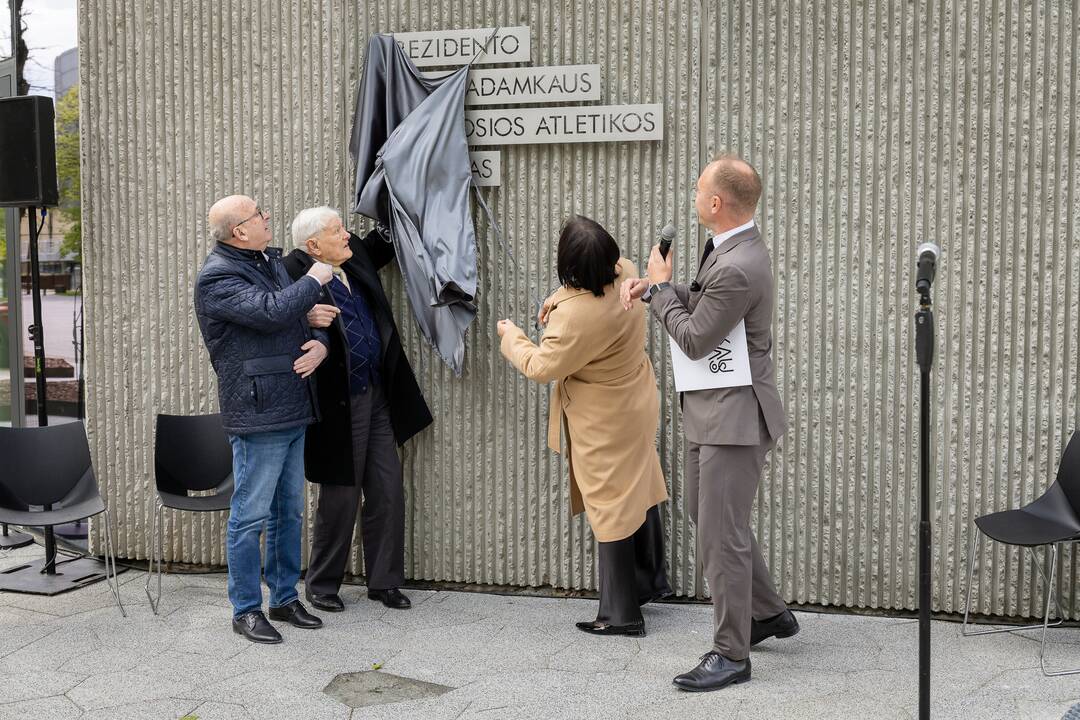How do you prevent threatening bleeding in haemophilia?

The goal of treatment has changed
Hemophilia is a rare, mostly inherited disease, a disease that causes a sick person to coagulate much more slowly or not at all, causing the bleeding for a long time, risking the risk of bleeding.
« We reached the golden age of hemophilia, » says dr. Sonata Šaulytė-Trakymienė. According to her, from the 20th century. In the middle of the 19th century, the understanding of the disease has changed radically: the purpose of treatment is not only to stop bleeding, but also to prevent it altogether. « As vaccines protect against infections, we seek hemophilia in the treatment of bleeding prevention. Prophylaxis has become a standard of treatment, not a luxury, » the doctor explains.
Previously, treatment was expensive and difficult to access. In Lithuania only since 2017 Bleeding prevention has been implemented, but in many patients this has not yet been a convenient solution.
« The medicines were administered intravenously, several times a week. It was constantly psychologically and physically difficult to do so, » says S. Šaulytė-Trakymienė.
Sonata Šaulytė-Trakymienė: Teenagers want to exercise, travel, be active. As a result, it is important that the treatment is flexible. Photo by Personal Archive
Now the situation has changed dramatically: patients themselves are involved in the patient’s health care planning. « We have the opportunity to offer the patient several treatment options: both traditional intravenous therapy and modern subcutaneous subcutaneous.
Modern subcutaneous therapy becomes a real breakthrough. « These are drugs allowed to subcutaneous-from one week to one-time a month-using small injectors reminiscent of insulin pen. They can be conveniently used, carried with you and live haemophilia, » says S. Šaulytė-Trakymienė.
Longer acting therapies not only facilitate everyday life, but also improve the effectiveness of treatment. « Sometimes the difference between three and two injections per week seems to be small. But when you calculate hundreds of stabs a year. It’s a huge change in the patient’s quality of life, » the doctor says.
Inspirational story
Modern treatment for patients has given more freedom of choice. « Adolescents want to exercise, travel, be active. It is important that the treatment is flexible – medicines that do not require a refrigerator or have a longer life can ensure a completely different quality of life, » the doctor emphasizes.
The idea of bleeding prevention has been alien for a long time, as the drugs were previously allowed only in the event of a risk of bleeding. Now doctors are determined to work proactively: « We say: Dis on the medication is constantly in order to avoid bleeding. This is not only a medically justified but also emotionally safer path, » the doctor says.
One of the impressive examples is Ned’s story that can become a true inspiration for those with haemophilia and seek a way to life without fear.
Ned Miler was just 10 years old when he and his family decided to participate in a clinical trial. « It was an opportunity to obtain modern and safe treatment, which was not yet available in Lithuania.
Nineteen -year -old Ned is a bicycle enthusiast and a sporty guy. Hemophilia is suffering from birth. Although the disease has gone nowhere, it can be lived with a full, active life today – as if the disease is somewhere in the background, but it does not interfere at all. Ned shared his experience with this disease, challenges and tips for others.
Ned’s story reminds that life does not stop after the diagnosis of the disease – it continues when properly treated, but maybe a little more thoughtful and medication in the backpack.
– When did you find out you have haemophilia?
– My parents already knew I could inherit the disease – my brother is also sick. When I was born, it became clear to them very quickly: as soon as I got somewhere, the place was swollen. The diagnosis only confirmed what they had already suspected.
Today, treatment is so advanced that you can really live a full and active life. Of course, you need to know your boundaries, denial of security.
– What difficulties do you usually face in your daily life – school times, leisure?
– During childhood, I needed to be protected, but it was not always possible. It used to be that the school started to run blood and the teachers did not understand why I wanted to go home, so I had to explain what I was. My brother often bleeds from my nose, and when I collapsed, for example, when my bike was riding, I swept away. Sometimes it seemed like nothing wrong – jeans were protected and blood sometimes didn’t even see, but in reality it stored inside. In such cases, I returned home and took medication.
Over time, especially in other schools, everything was much better – teachers were understanding, letting go home when needed.
– Is it that you feel insecure because of your condition?
– I always try not to collapse when cycling, but it is not always possible with such a vehicle. To safely ride my bike, I have to know its technical features, maintain it and trust in my capabilities. I was afraid not so much injuries as pain and complications. I knew I needed to stop bleeding quickly.
Photo by Freepik.com
There have been serious situations. Once with my brother we went to Vilnius Bicycle Park « Mollynė MTB track ». I tried the first one of the bigger jumps, and a flight about 10 m came out. The third such test ended unsuccessfully – I fell on the side, the impact was strong, even the bike fork was inserted, I felt pain on the right side of the abdomen. Later I noticed that I was urinating with blood – I had to go to the hospital. It found that the kidney was damaged. I was scared, but when I got to the doctors, it became calmer. I remember my brother was also very scared – when I call my mom and told me what happened to me, he spoke with a trembling voice.
There were more injuries. I have a scar on my elbow – I fell on a coarse asphalt with a comb. The hand was subjected to a few days to stop bleeding. Maybe even a piece of glass stayed inside …
– How are you healing now?
– For the third year I have been using modern treatment – I have been in the subcutaneous medication every day. Previously, I had to enter intravenously. Both methods work differently. Intravenous drugs stop bleeding faster, which is very important if the trauma is serious. Subcutaneous drugs work more evenly – according to the study curves, it is clear that the drug retains the blood stable but slightly non -carried. It is much more convenient for me – you don’t have to look for a vein, get ready, I can take medication with me on a trip. True, going every day is not the most convenient thing, but I got used to it.
– How do your friends and peers react when you find out you have haemophilia?
– No one was too important in childhood. When I started a more active cycling, my friends were afraid that something would happen to me. I remember, one day we and my friend drove, and I started to run from my finger – I was cutting it before. A friend was very scared, it was a big test for him.
– What would you like to say to young people who have recently been diagnosed with haemophilia?
– The most important thing is peace. Today, treatment is so advanced that you can really live a full and active life. Of course, you need to know your limits, do not ignore security, but not to be afraid and not give up things that bring joy. I ride my bike, exercise, just doing it responsibly. The treatment is really very comfortable. With today’s opportunities, you can live like everyone. These are not just words. I really live that way.
Focus on Women: Are they only a gene carriers?
This year’s World Day of Hemophilia, celebrated in April, was dedicated to women and girls. « There are still many who think, as well as health care professionals, that women are only wearing a gene. However, today it is clear that women may also have haemophilia. Up to a third of the haemophilia gene carriers are experiencing a greater risk of bleeding, » says Sauslytė-Trakymienė.
In women, the problem of bleeding is particularly relevant during menstruation, childbirth and postpartum periods, when bleeding can cause serious health complications. The doctor emphasizes the importance of proactively looking for such women, not only for the genetic factor, but also in assessing the real risk of bleeding to their health. It is particularly important to determine this risk even before the planned childbirth or any surgical intervention to pre -plan proper bleeding prevention and ensure safe care.
Timely assistance can fundamentally change the quality of life and save lives, so it is important to ensure that no woman – the carrier of the hemophilia gene – is not left to be because her son is not her son.
Died after circumcision
In the collection of religious writings of Judaism, the Talmud describes boys who, after the circumcision, had an unstoppable bleeding and died. They are believed to be carriers of the hemophilia gene.
Hemophilia is often referred to as a royal disease because it was common in European royal families. All the sick men were offspring of Queen Victoria in England (photo – young Queen Fanz Xavier Winterhalter). Of the 26 grandchildren of Queen Victoria, 5 were haemophilic and 4 girls were carriers of the disease. Her daughters Alice and Beatris handed this gene to Spanish, German and Russian royal families. There is no haemophilic in the current British royal family, as the eldest son of Victoria, King Edward VII, did not inherit the hemophilia gene and could not pass it on to his offspring.
Young Queen of England Victoria FIn the portrait of Anzo Xavier Winterhalter. Photo by Wikipedios
1937 Researchers at Harvard University have found that blood plasma could be restored to the coagulation of a person with haemophilia. The plasma substance was named antihemophilic globulin. Until the 20th century. In the middle of the 19th century, hemophilic was treated with plasma transfusion, but due to the low concentration of coagulation factors, such treatment was not very effective in severe bleeding and severe forms of haemophilia. Many haemophilics died in childhood and adolescence due to bleeding, especially in the brain. The huge step forward was 1968. Judith Pool discovered plasma cryoprecipitate with a high concentration of coagulation factor VIII. This has become possible effective treatment for haemophilia, as well as surgery and prophylaxis in severe forms of the disease. This progress contributed significantly in 1977. Desmopresin, a drug, increasing the concentration of VIII coagulation factor and is suitable for the treatment of minor forms of haemophilia.
Source: Wikipedia










